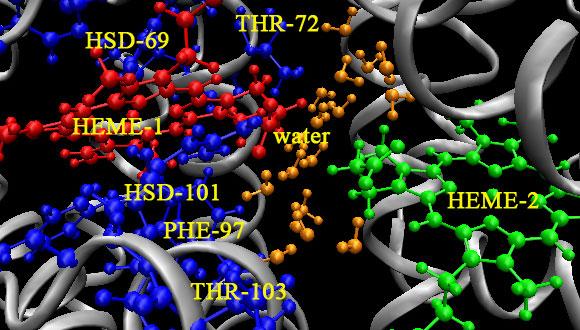Chemical Physics Seminar: Resolving mechanisms of protein organization at the cell membrane in single molecule detail
Eilon Sherman, The Hebrew University, Jerusalem
Abstract:
Signaling complexes are out-of-equilibrium, heterogeneous multi-molecular structures and sites for intracellular signal transduction. Although they play a crucial role in cellular activation, current research techniques have been unable to resolve their structure and formation mechanisms in intact cells. I will briefly review recent advancements in far-field super-resolution optical microscopy and present a multi-color Single Molecule Localization Microscopy (SMLM) approach for imaging multiple types of single molecules in fixed and live cells, with resolution down to ~20nm. I will further describe a statistical framework to determine the nanoscale organization and cooperativity of molecular interactions in signaling complexes. Using these techniques we observed that signaling complexes that determine immune (T) cell activation showed surprising patterns of nanoscale organization, while conditional second-order statistics revealed a hierarchical network of cooperative interactions between the constituent molecules. We could further trace mechanisms that govern protein sub-diffusion at the plasma-membrane and the stochastic formation of signaling complexes, including combinations of dynamic protein-protein and protein-lipid interactions, viscoelasticity, confinement and patterning of the plasma membrane. Our results extend our understanding of the assembly and function of signaling complexes and are relevant to studying a wide range of multi-molecular complexes.


